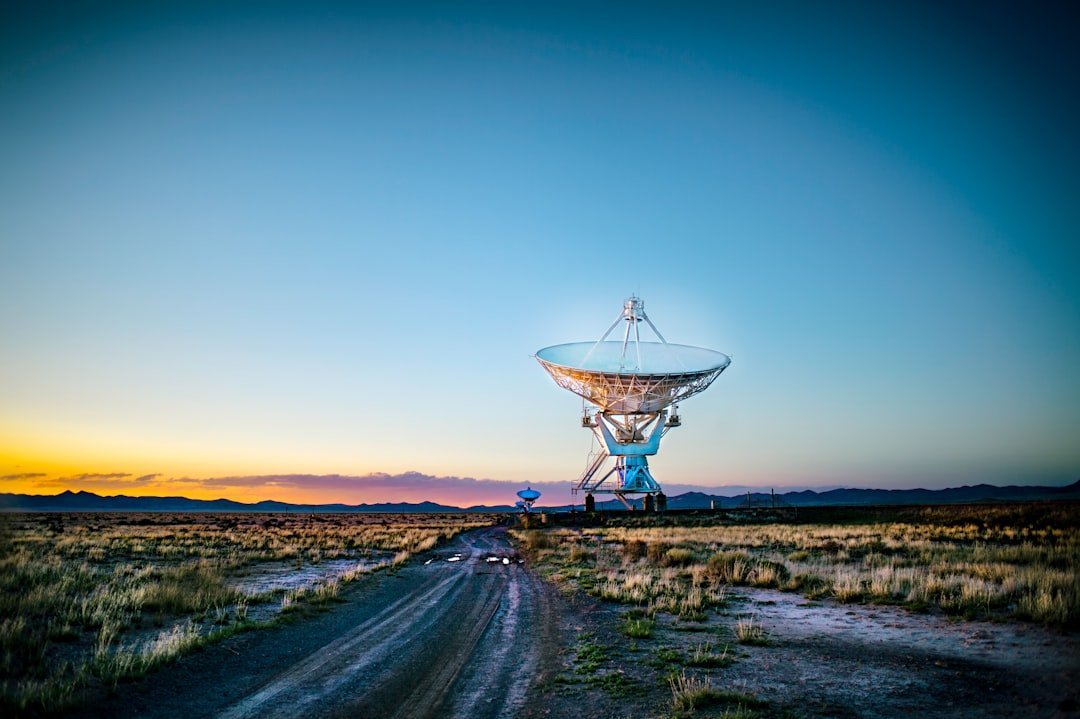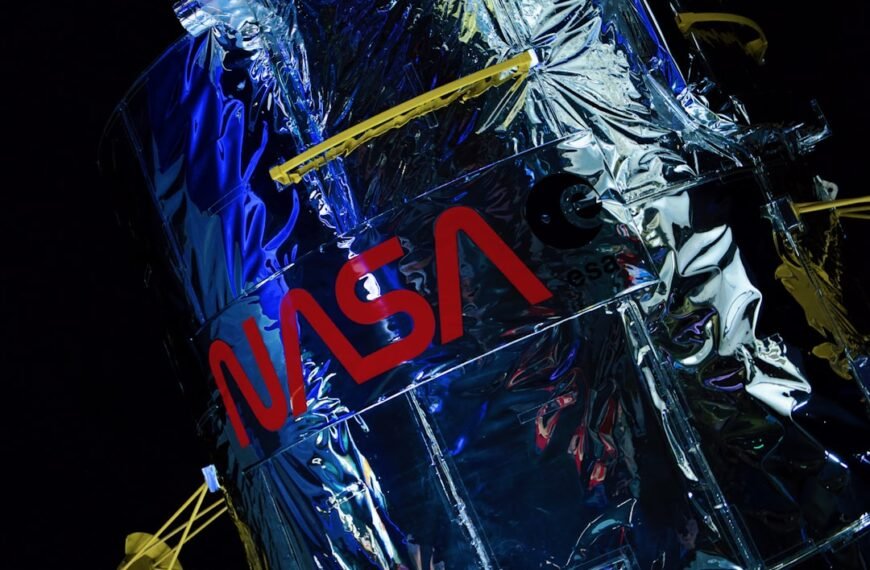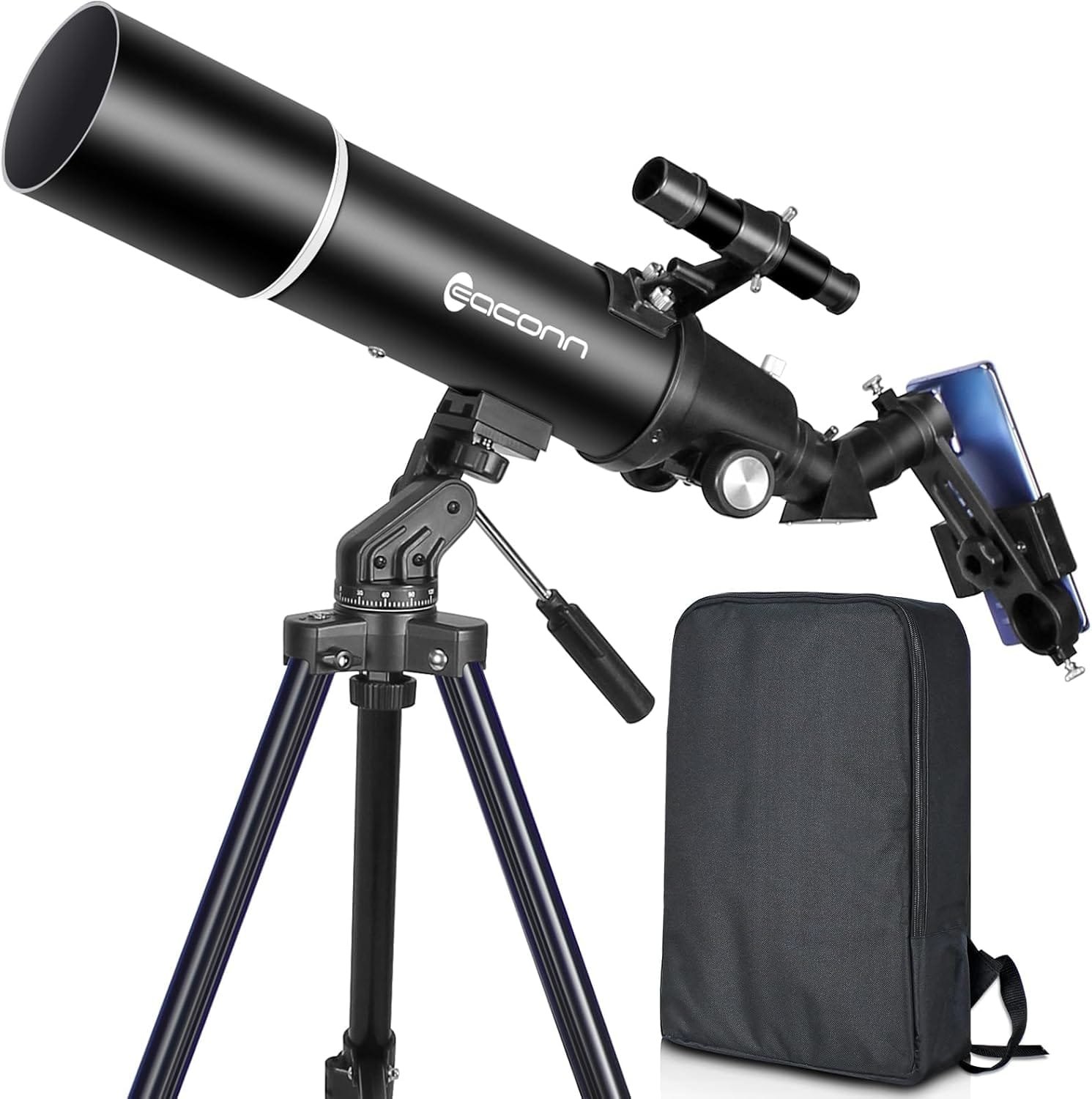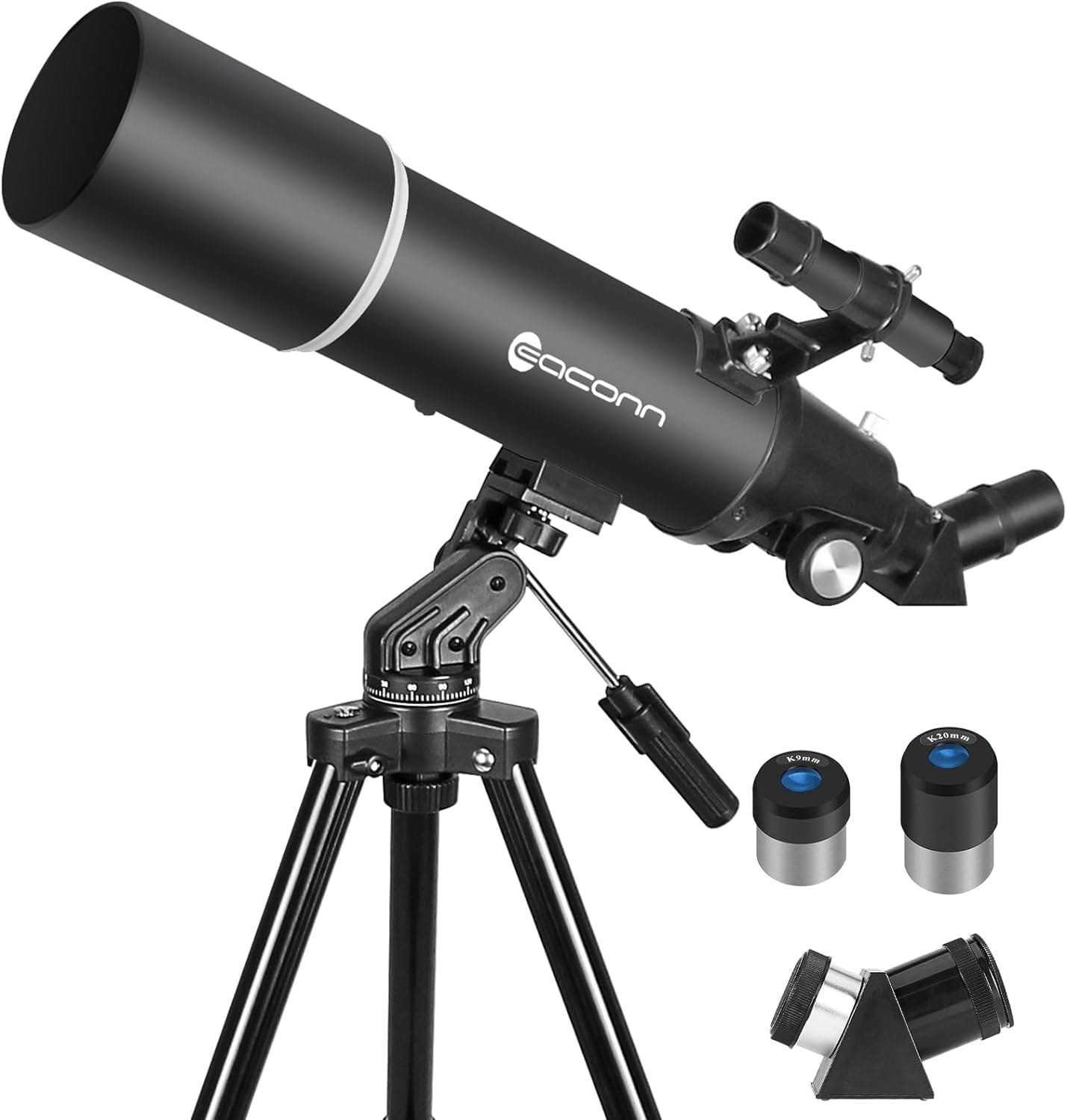Key Takeaways 📝
- Cosmic rays are high-energy particles from outer space, crucial for space research.
- Galactic cosmic rays (GCRs) and solar energetic particles (SEPs) are the main types of cosmic rays.
- Detecting and measuring cosmic rays require specialized observatories and instruments.
- Cosmic rays influence Earth’s atmosphere, climate, and human health.
- International collaboration and technological advancements drive cosmic ray research forward.
Cosmic rays are high-energy particles that originate from outer space and travel at nearly the speed of light. They consist of protons, electrons, and atomic nuclei, and they play a crucial role in space research. Cosmic rays provide valuable information about the composition and origin of the universe, as well as the effects they have on Earth’s atmosphere, climate, and human health. Studying cosmic rays is essential for understanding the fundamental processes that shape our universe.
Composition and Origin of Cosmic Rays
Cosmic rays can be classified into two main types: galactic cosmic rays (GCRs) and solar energetic particles (SEPs). GCRs are high-energy particles that originate from outside our solar system, while SEPs are particles emitted by the Sun during solar flares and other solar events. GCRs are composed mainly of protons and atomic nuclei, while SEPs consist of electrons, protons, and heavier ions.
Determining the origin of cosmic rays is a challenging task. GCRs are believed to originate from supernova explosions, which release enormous amounts of energy and accelerate particles to high speeds. However, the exact mechanisms by which particles are accelerated to such high energies are still not fully understood. SEPs, on the other hand, are emitted by the Sun during solar flares and coronal mass ejections. These events release bursts of energy that can accelerate particles to high speeds.
Detecting Cosmic Rays
Detecting cosmic rays is a complex process that requires specialized observatories and instruments. Ground-based observatories use detectors such as scintillation counters and Cherenkov detectors to measure the energy and direction of incoming cosmic rays. These observatories are often located at high altitudes or in remote areas to minimize interference from background radiation.
Space-based observatories, such as satellites and telescopes, provide a unique perspective on cosmic rays. They can detect particles that are unable to reach the Earth’s surface due to interactions with the atmosphere. Space-based observatories also have the advantage of being able to observe cosmic rays from different angles and at different wavelengths.
Measuring Cosmic Rays
Measuring cosmic rays is a challenging task due to their variability and high energy levels. Cosmic rays can have energies ranging from a few million electron volts (MeV) to several hundred billion electron volts (GeV). Measuring such high energies requires sophisticated instruments and techniques.
One common method used to measure cosmic rays is the use of particle detectors, such as silicon detectors and scintillation counters. These detectors can measure the energy and charge of incoming particles, allowing scientists to determine their composition and origin. Another method is the use of magnetic spectrometers, which can measure the momentum and charge of charged particles.
Analyzing Cosmic Ray Data
Analyzing cosmic ray data is a crucial step in understanding their properties and behavior. Scientists use various techniques to analyze cosmic ray data and identify patterns. One common technique is data mining, which involves searching for correlations and trends in large datasets. This allows scientists to identify relationships between cosmic rays and other astronomical phenomena.
Another technique used in cosmic ray analysis is computer simulations. Scientists can simulate the behavior of cosmic rays using mathematical models and compare the results with observational data. This helps them understand the underlying physical processes that govern the behavior of cosmic rays.
Effects of Cosmic Rays on Earth’s Atmosphere and Climate

Cosmic rays play a significant role in shaping Earth’s atmosphere and climate. When cosmic rays enter Earth’s atmosphere, they collide with air molecules, producing secondary particles such as muons, neutrons, and pions. These secondary particles can ionize air molecules, leading to the formation of clouds.
The impact of cosmic rays on cloud formation has important implications for climate change. Some scientists believe that changes in cosmic ray flux could be responsible for variations in Earth’s climate over long timescales. However, the exact mechanisms by which cosmic rays influence cloud formation and climate are still not fully understood, and further research is needed to determine the extent of their impact.
Effects of Cosmic Rays on Human Health and Space Exploration
Exposure to cosmic rays can pose significant health risks to astronauts during space missions. Cosmic rays are highly energetic and can penetrate spacecraft shielding, potentially damaging DNA and other biological molecules. Long-duration space missions, such as those to Mars, would expose astronauts to higher levels of cosmic radiation, increasing their risk of developing cancer and other radiation-related illnesses.
Protecting astronauts from cosmic rays is a major challenge for space agencies. Current strategies include using shielding materials and designing spacecraft with thicker walls to reduce radiation exposure. However, these measures are not foolproof, and further research is needed to develop more effective methods of protecting astronauts from cosmic radiation.
Collaboration Among International Research Teams
Studying cosmic rays requires collaboration among international research teams. Cosmic rays are a global phenomenon that cannot be studied by a single country or institution alone. International collaboration allows scientists to share data, resources, and expertise, leading to more comprehensive and accurate research.
Several major international research projects are focused on studying cosmic rays. One example is the Pierre Auger Observatory, located in Argentina. This observatory is a collaboration between scientists from 17 countries and aims to study the highest-energy cosmic rays using an array of detectors spread over a large area.
Advancements in Cosmic Ray Detection and Analysis
Advancements in technology have revolutionized the field of cosmic ray detection and analysis. New instruments and techniques allow scientists to measure cosmic rays with greater accuracy and precision. For example, the use of silicon detectors has improved the resolution and sensitivity of particle detectors, enabling scientists to measure cosmic rays with higher energies.
Another advancement is the use of machine learning algorithms in data analysis. Machine learning algorithms can analyze large datasets and identify patterns that may not be apparent to human observers. This has the potential to greatly enhance our understanding of cosmic rays and their properties.
Implications of Cosmic Ray Research
Cosmic ray research has far-reaching implications for our understanding of the universe and beyond. By studying cosmic rays, scientists can gain insights into the fundamental processes that shape our universe, such as particle acceleration and the formation of galaxies. Cosmic ray research also has practical applications, such as improving radiation shielding for astronauts and developing new technologies for space exploration.
In conclusion, cosmic rays are a fascinating and important area of research in space science. They provide valuable information about the composition and origin of the universe, as well as their effects on Earth’s atmosphere, climate, and human health. Advancements in cosmic ray detection and analysis have opened up new possibilities for studying these high-energy particles and understanding their properties. By collaborating internationally and leveraging technological advancements, scientists can continue to unravel the mysteries of cosmic rays and expand our knowledge of the universe.
If you’re fascinated by the study of cosmic rays from space, you won’t want to miss the insightful article “Unraveling the Mysteries of Cosmic Rays” on The Universe Episodes website. This captivating piece delves into the cutting-edge techniques and technologies scientists employ to unravel the secrets of these high-energy particles. From ground-based observatories to space-based detectors, this article explores the various methods used to study cosmic rays and sheds light on their origins and impact on our universe. Discover more about this intriguing topic by visiting The Universe Episodes.
























